The Faces of Luminex: Cormac Field, Field Service
When investing in quality instruments, one shouldn’t have to fear excessive downtime.
At Luminex, we’ve built a world-class team of field service engineers to ensure great customer experience, and that includes experts like Cormac Field, who have a long track record of prioritizing precision and quality. He joined Luminex in 2024 and holds a Bachelor of Engineering in military aviation technology.
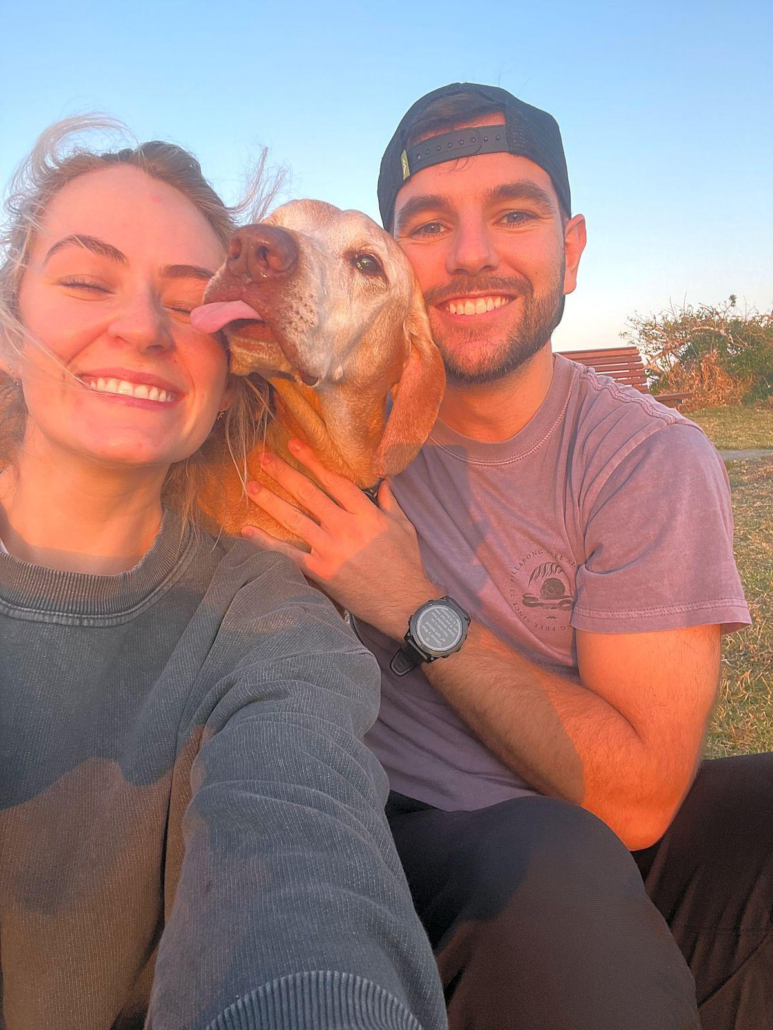
Q: What are your responsibilities at Luminex?
A: As a field service engineer, I support the Luminex xMAP® Technology platform across Australia and New Zealand. My remit spans the full instrument life cycle: installation and IQ/OQ, preventive maintenance, troubleshooting, and user training. Because Luminex only recently moved to a direct service model in the Australia and New Zealand region, I also feed real-world insights back to our operations and training teams, so the broader support infrastructure keeps pace with customer needs. We’re focused on consistently exceeding expectations. My guiding principle is simple: do the job once and do it right. I get real satisfaction from leaving an instrument in perfect order.
Q: How did you get started on this career path?
A: I began in Ireland with an aircraft maintenance license, where precision, safety, and airtight documentation are non-negotiable. After relocating to Sydney six years ago, I looked for a sector that prized the same disciplines. Clinical diagnostics ticked every box, marrying complex electromechanical systems with a direct impact on patient care. I joined a service team, completed vendor certifications, and have relished the field ever since.
Q: What drew you to Luminex?
A: Luminex offered a rare chance to build a direct service organization for Australia and New Zealand from the ground up. The role promised continuous technical growth — our multiplexing technology runs deep — while also giving me the autonomy to shape regional processes and culture. That blend of hands-on engineering, professional development, and values alignment made the move an easy decision.
Q: If you could solve any clinical or genetic challenge, what would it be?
A: Cystic fibrosis. My mother carries the CF gene, and although my four siblings and I are unaffected, Ireland has one of the world’s highest CF rates, so I grew up alongside friends and cousins who manage the disease daily. Whenever I run up a flight of stairs or make a dash to get out of the rain, I’m reminded that something so simple can leave a person with CF fighting for breath. If I could remove one condition with a snap of the fingers, this would be it.
Q: If you weren’t at Luminex, where would you be?
A: I’d be in large-scale renewable-energy engineering — designing, commissioning, and maintaining utility-grade wind farms or hydro schemes. Those projects blend the core disciplines from my earlier marine, aeronautical, and scientific roles while delivering clear environmental benefits.
Q: What is something about you that no one at Luminex knows?
A: I’m a multi-instrumentalist in Irish traditional music — flute, tin whistle, bodhrán, and a few others — and have played sessions from Dublin pubs to Sydney festivals. Music is a great release and a powerful way to connect with others.
Q: What’s your favorite thing to do on the weekend?
A: Most weekends you’ll find my partner Kim and me outdoors together — hiking in the Blue Mountains, camping along the coast, or swimming at one of Sydney’s beaches. We often bring my brother’s dogs for the spin because we’re both dog-mad. And whenever the schedule (and Kim!) allows, I’ll quietly slip away for a round of golf. I’m still learning to read Australian greens after years on Irish links.
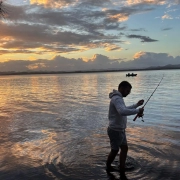

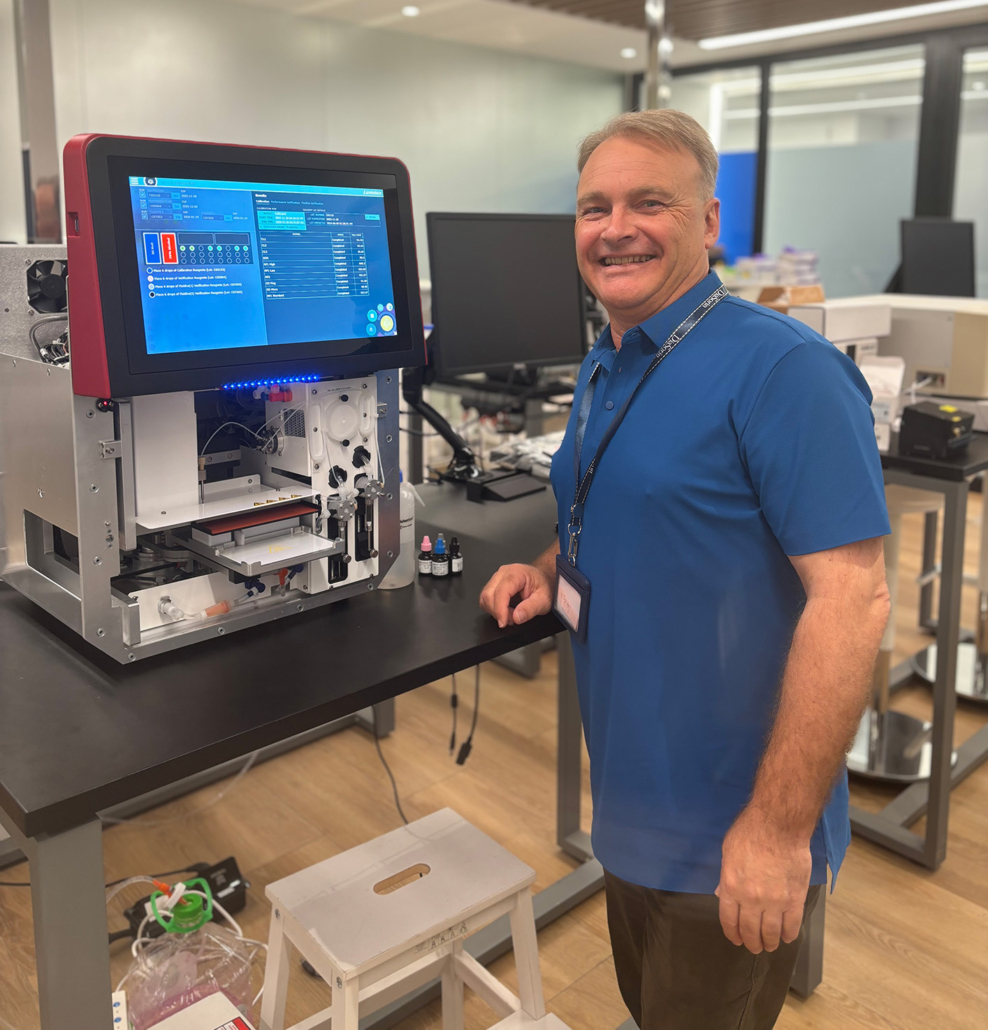
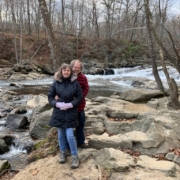

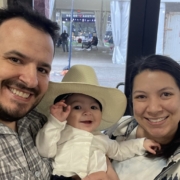
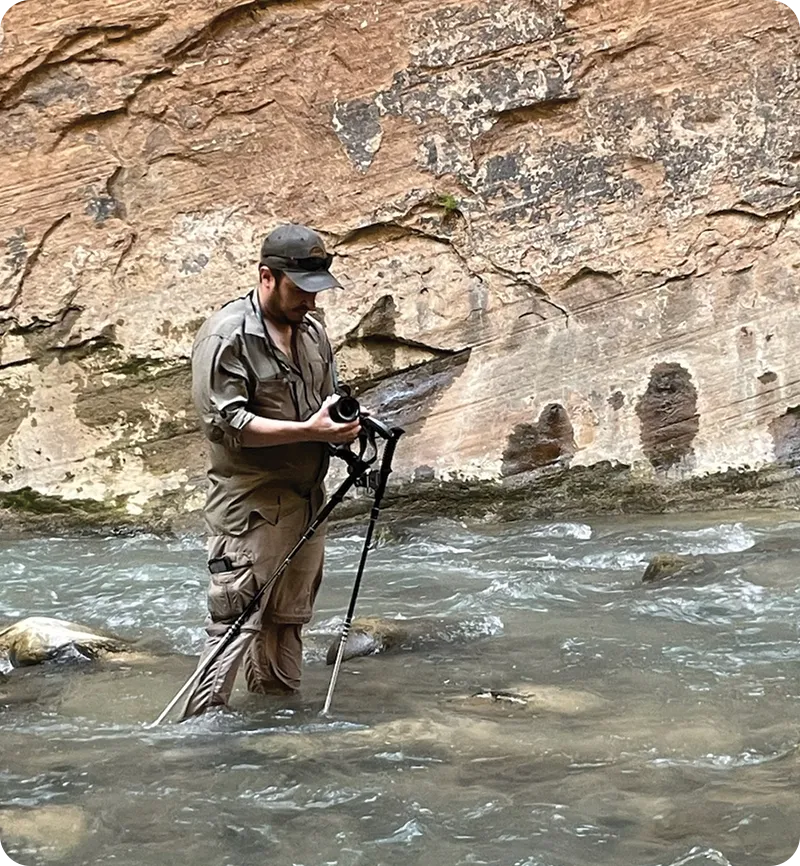

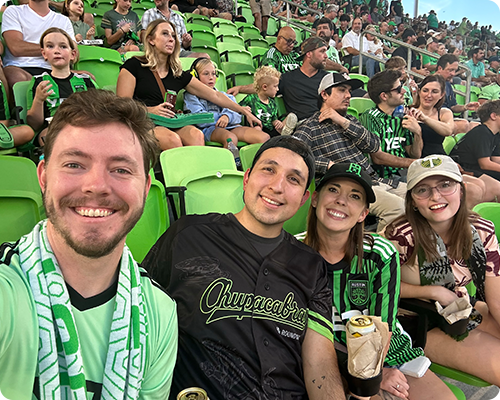
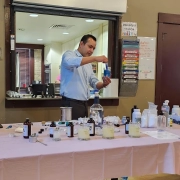
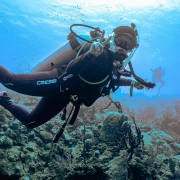
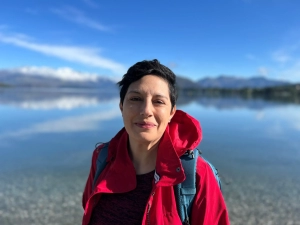
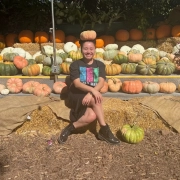
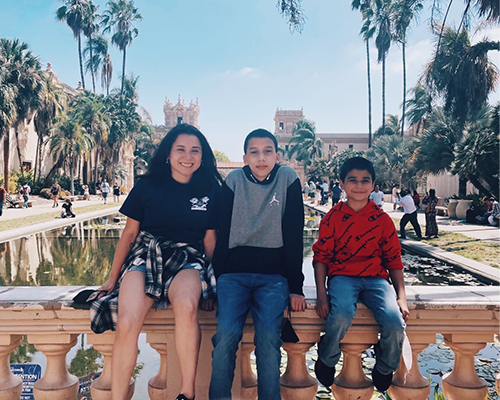
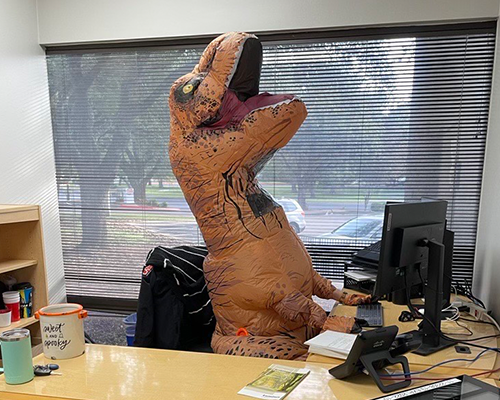

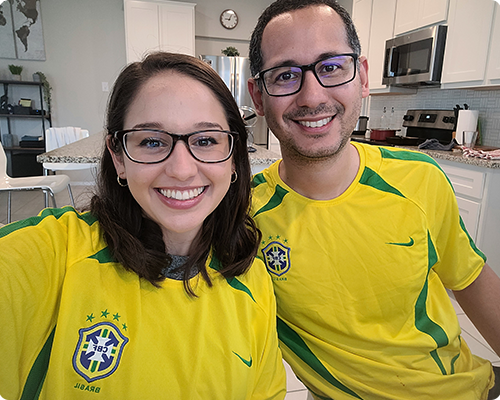 Q: What are your responsibilities at Luminex?
Q: What are your responsibilities at Luminex?
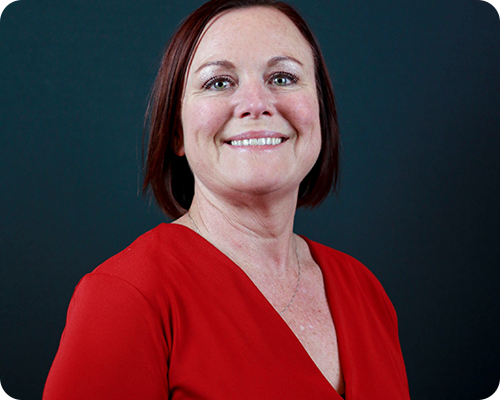 Cited in over seventy-five thousand peer-reviewed publications worldwide, xMAP®’s multiplexing technology continues to elevate scientific study around the globe with the invaluable speed, accuracy, and facility that multiplex testing provides. Our LuminexPLORE Lab helps labs across diverse areas of research access the advantages offered by multiplex technology through tailored custom assay services designed to meet each client’s specific needs.
Cited in over seventy-five thousand peer-reviewed publications worldwide, xMAP®’s multiplexing technology continues to elevate scientific study around the globe with the invaluable speed, accuracy, and facility that multiplex testing provides. Our LuminexPLORE Lab helps labs across diverse areas of research access the advantages offered by multiplex technology through tailored custom assay services designed to meet each client’s specific needs.